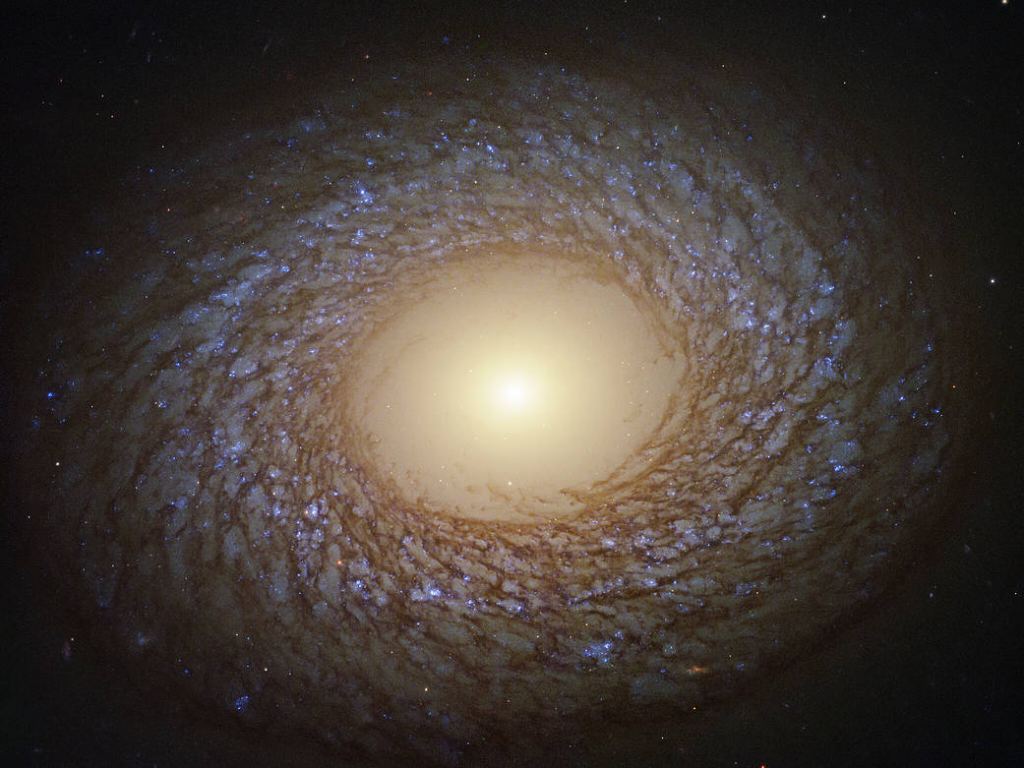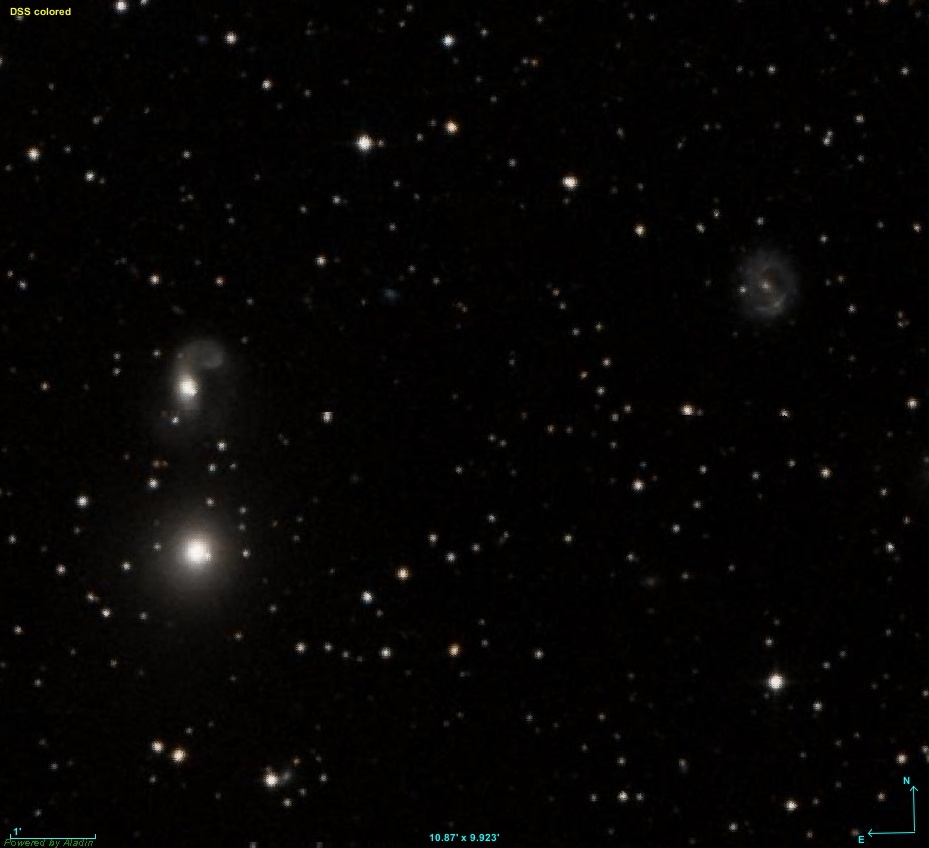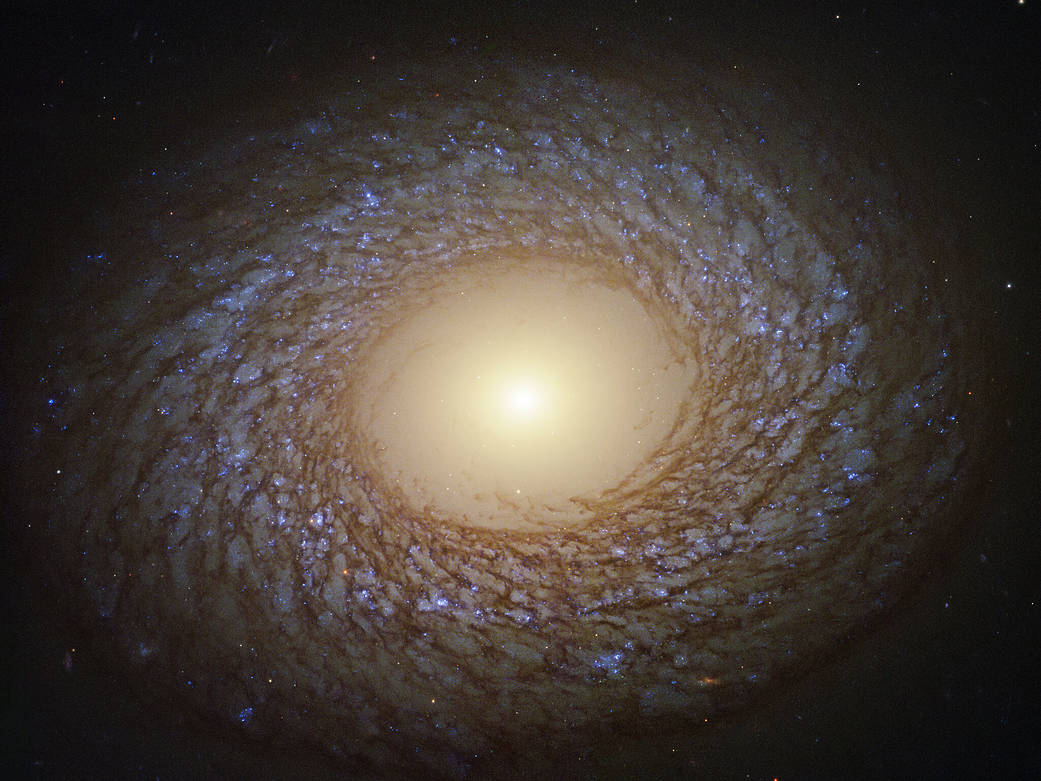The Hubble Space Telescope has the knack for finding every size and shape of galaxy imaginable – from small, medium to large, all the way up to that funky size of absolute units.
This unusual galaxy, named NGC 2775, is incredibly fluffy-looking, or flocculent. It’s definitely a spiral, but instead of well-defined, organized spiral arms, it’s just a big fluff-ball of stars.
Hubble scientists say the flocculent nature of this galaxy indicate that star formation has been relatively quiet in the recent past. There is virtually no star formation in the central part of the galaxy, which is dominated by a large and relatively empty galactic bulge, where all the gas was converted into stars long ago.

It’s part of a small group of galaxies, which have apparently interacted with each other in the past. Here’s a Sloan Digital Sky Survey image of the NGC 2275 “group.”

And yes, flocculent is an actual category of spiral galaxies. (Here’s info on another recent find). NASA said that structure in the disks of flocculent spirals originate from regions of star formation that have been stretched into spiral patterns by the differential rotation of the galaxy.
NGC 2275 is located 67 million light-years away in the constellation of Cancer.
Visible are millions of bright, young, blue stars, and the spiral structure is interlaced with dark lanes of dust. Complexes of these hot, blue stars are thought to trigger star formation in nearby gas clouds.
This image was taken as part of the PHANGS project, Physics at High Angular resolution in Nearby GalaxieS. The project is building the first astronomical dataset charting the connections between young stars and cold molecular gas throughout a diversity of galactic environments.

